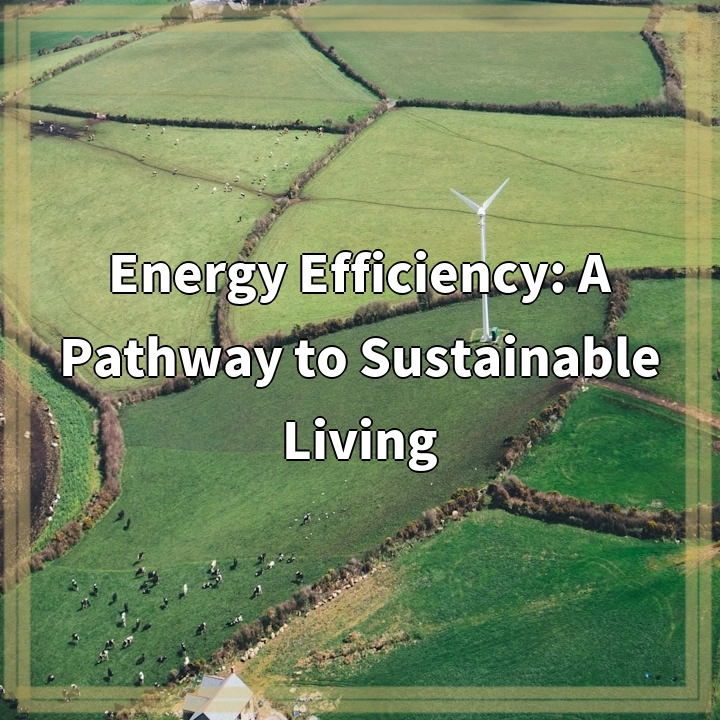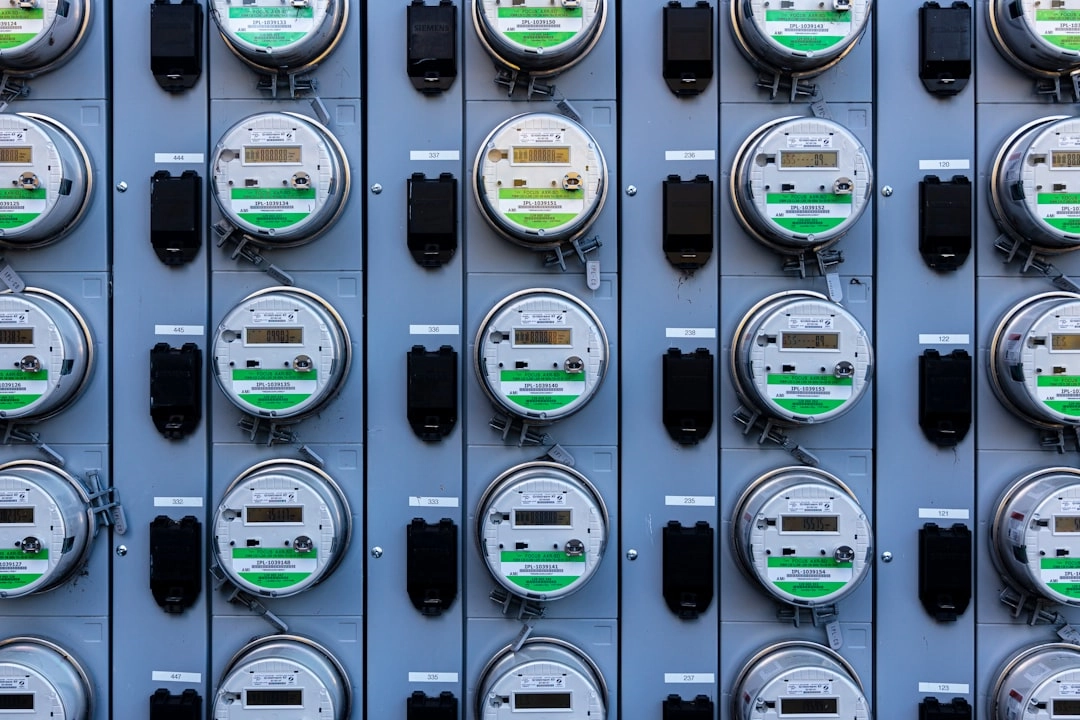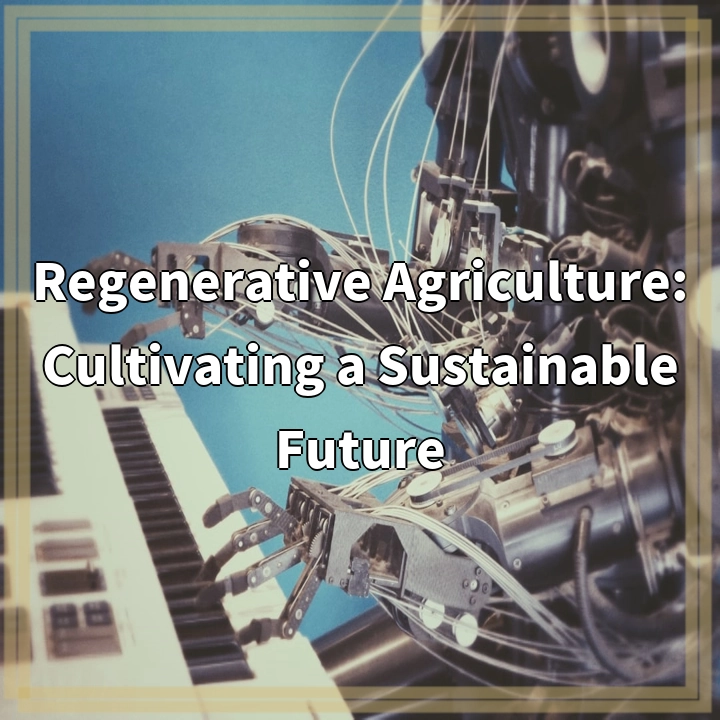
What it is:
Energy efficiency refers to using less energy to perform the same task or achieve the same outcome. It involves implementing technologies and practices that maximize energy utilization, thereby minimizing waste. This approach can be applied across various sectors, including residential, commercial, and industrial settings. By improving energy efficiency, individuals and organizations can reduce their energy consumption, lower utility bills, and decrease greenhouse gas emissions, contributing to a more sustainable future.
The Importance of Energy Efficiency
Energy efficiency plays a crucial role in addressing many environmental and economic challenges. As the demand for energy continues to rise, finding ways to use energy more effectively is essential for reducing reliance on fossil fuels and combating climate change. Enhanced energy efficiency contributes to energy security, improves air quality, and fosters sustainable development. Moreover, it promotes innovation and the growth of green technologies, paving the way for a more sustainable economy.
Real-world Problems
Despite its numerous advantages, energy efficiency faces several real-world challenges that hinder its broader implementation. These issues can range from economic, technological, to behavioral factors.
1. Economic Barriers
One of the primary obstacles to adopting energy-efficient practices is the initial investment required for energy-efficient technologies. Many individuals and businesses may be reluctant to spend money on upgrades or retrofits due to perceived high costs. Additionally, the lack of financial incentives or government support can further deter energy-efficient investments. In some cases, the upfront costs may not balance out with long-term savings, leading to a preference for cheaper, less efficient alternatives.
2. Awareness and Education
Another significant challenge is the lack of awareness and understanding of energy efficiency benefits among consumers and businesses. Many people may not realize the potential savings and environmental impacts associated with improving energy efficiency. Education and outreach efforts are crucial to inform stakeholders about available technologies and practices, helping them make informed decisions about energy use.
3. Technological Constraints
While there are many innovative energy-efficient technologies available, not all are easily accessible or practical for every setting. Some energy-efficient solutions may require specialized knowledge or infrastructure that is lacking in certain regions, particularly in developing countries. There is also a reliance on outdated systems and equipment, which can hinder the transition to more efficient options.
4. Behavioral Challenges
Behavioral factors also play a significant role in energy efficiency adoption. Individuals and businesses may be resistant to change due to established habits or a lack of motivation to alter their energy usage patterns. Energy efficiency often requires a cultural shift in how energy consumption is viewed, necessitating proactive strategies to encourage sustainable behaviors.
5. Policy and Regulation Issues
In many regions, inconsistent policies and regulations can pose challenges to implementing energy-efficient practices. Lack of stringent energy codes, inadequate incentives, or confusing regulatory frameworks can create barriers for organizations looking to invest in energy efficiency. Clear and supportive policies are needed to foster an environment conducive to sustainable energy practices.
Addressing these real-world problems is essential for advancing energy efficiency as a viable pathway to sustainable living. By understanding the barriers and working collaboratively to find solutions, we can move closer to a more energy-efficient and sustainable future.

Solutions to Enhance Energy Efficiency
Addressing the challenges associated with energy efficiency requires a multifaceted approach. By implementing targeted solutions across economic, educational, technological, behavioral, and policy dimensions, we can promote a more sustainable path forward.
1. Economic Incentives
To overcome financial barriers, governments and organizations can implement various economic incentives, such as tax credits, rebates, and grants, to make energy-efficient technologies more affordable. Additionally, creating financing programs that allow for low-interest loans can help individuals and businesses invest in energy upgrades without the burden of high upfront costs.
2. Awareness and Education Campaigns
Raising awareness about the benefits of energy efficiency is crucial. Educational campaigns targeting both consumers and businesses can highlight the long-term cost savings and environmental impacts of energy-efficient practices. Workshops, seminars, and online resources can help disseminate valuable information and encourage communities to adopt more sustainable habits.
3. Access to Technology
Improving access to energy-efficient technologies can help drive adoption. This includes support for research and development of affordable, user-friendly systems that can be easily integrated into existing infrastructures. Partnering with local organizations to provide demonstrations and pilot programs can showcase the practical benefits of these technologies in real-world settings.
4. Encouraging Behavioral Change
Promoting a culture of energy efficiency involves encouraging individuals and organizations to adopt sustainable behaviors. Implementing incentive-based programs, such as competitions or community challenges, can motivate participation. Providing resources such as energy audits and personalized feedback can help users understand their energy consumption patterns and where they can improve.
5. Supportive Policies and Regulations
Developing and enforcing consistent policies that prioritize energy efficiency is essential. Governments should establish clear energy codes and standards, as well as streamline the regulatory process to facilitate the adoption of energy-efficient practices. Collaboration with industry stakeholders and advocacy for sustainable policies can create a favorable environment for energy efficiency investments.
By focusing on these solutions, we can effectively address the challenges associated with energy efficiency and pave the way toward a more sustainable future.















